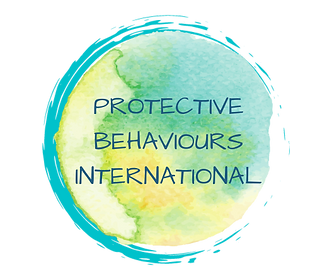Listening to the Body's Alarms
- Bronwyn Clee
- Sep 11
- 3 min read
Exploring what it truly means to feel safe in our bodies, relationships, and work, we delve into a truth that changes how we think about safety and stress: our nervous system knows first.
Long before we consciously process what's happening, our bodies are already making decisions about whether or not we are safe. Consider our nervous system as a 24-hour neighbourhood watch, constantly scanning the environment for cues of safety or danger. It doesn't ask for our permission, nor does it need it. It reacts in milliseconds, often before we've even had a chance to think consciously.
That's why sometimes we might feel unsettled, tense, or on edge without knowing why. It's not about being dramatic or overreacting; this is a biological phenomenon. Our nervous system has evolved to keep us alive. It picks up on tone of voice, body language, and subtle environmental changes even when our mind hasn't caught up yet. How fascinating is that? When our nervous system senses something is off, the amygdala, a tiny part of the brain shaped like an almond, and the brain stem send a rapid-fire alert throughout the body.
Now, let's explore polyvagal theory, which tells us we have three broad states that we operate out of.
1) Is calm and connected: when safety is detected, we can think clearly and connect with others.
2) mobilised for action, or fight-or-flight mode.
3) shutdown, freeze, or collapse, when overwhelm is high.
We all move through these states every single day. The challenge lies in noticing when we shift so we can respond intentionally.

Noticing these signals can be subtle; however, we might feel our breath shorten, experience a sudden restlessness, notice how our focus narrows or darts around the room, or even feel tightness in our shoulders, stomach, jaw, or buttocks. These are all invitations to pause and check in with ourselves, rather than pushing through.
Our intention for this series of 10 blogs, is to give you two strategies to test, practice, and see what you think of them. If you find them helpful, you might build them into your daily practices. The following two grounding practices help us reconnect to the present moment when our nervous system is on high alert.
1) The first is an orienting practice, where you slowly look around your space, letting your eyes rest on different objects, notice various colours and textures, and gently turn your head to notice what's above, below, and beside you. This simple act reminds our nervous system that we are in the present and that we are allowed to feel safe and settled.
2) The second is called the 5-4-3-2-1 touch point reset. This involves engaging your senses to stay in the present moment. It's a sensory invitation to bring your awareness back to your body, back to the present moment.
First, notice five things you can see.
Next, notice four things you can touch.
Then, notice three things you can hear. Next notice two things you can smell.
Finally, notice one thing you can taste.
That is the 5-4-3-2-1 touch point reset.
Our nervous system is here to help us. It isn't trying to trip us up; it's simply trying to protect us. The more we understand and interpret its signals, the more choices we have in how we respond. By noticing early, we can react with care rather than out of habit.
If you found this article helpful, please share it with a friend. Until next time, may we continue to give ourselves permission to listen to our bodies, respect their wisdom, and stand strong in our right to feel safe.
Summary: Listening to the Body's Alarms
Exploring the concept of safety related to our nervous system's responses.
Our nervous system instinctively assesses safety and danger before conscious thought, reacting quickly to environmental cues.
This biological process can lead to feelings of tension or unease without clear reasons, as the system detects subtle changes.
Three states based on polyvagal theory: calm and connected, mobilised for action, and shutdown.
Noticing shifts in these states can help individuals respond intentionally rather than react habitually.
Physical cues like shortness of breath or tightness in muscles signal these state shifts.
Two grounding strategies were provided to reconnect with the present moment: an orienting practice and the 5-4-3-2-1 touch point reset.
Orienting practice involves slowly observing surroundings to remind the nervous system of safety.
The 5-4-3-2-1 touch point reset focuses on engaging the senses (sight, touch, hearing, smell, taste) to stay present.
Understanding and interpreting nervous system signals can enhance response choices and maintain safety.




Comments